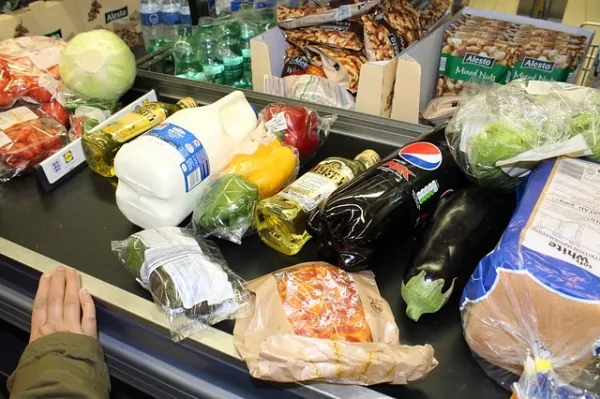This Is How You Can Learn to Read Nutrition Labels
Reading nutrition labels can be overwhelming and confusing. What do all those numbers mean? Does this mean your food is healthy? Let’s take a look at the different categories on a nutrition label.
1 Serving size
The first item on the nutrition label tells you two things – the amount of a single serving and how many servings are in the entire package. Most food packages have multiple servings so you will need to calculate the exact number of calories you will be consuming.
2 Calories
The calorie count lists total calories and calories just from fat. Remember, these are the calories for only one serving. As you note how many calories are coming from fat, let’s look at the next category.
3 Fat
There are multiple types of fats, which can be a little confusing. Trans fat is the most important to avoid because it is the most dangerous. Saturated fat becomes solid at room temperature and should not be consumed in very high quantities. Unsaturated fats are liquid at room temperature and are the healthiest for your body.
Read also – 8 Vegan Foods to Help You Shed More Pounds
4 Cholesterol
Cholesterol is also a fat found in food. While cholesterol is naturally found in your body, it is not necessary to consume a lot of it to keep you healthy. Make note of the cholesterol amount and percentage value, which we’ll talk about later.
5 Sodium
Sodium is salt. Pre-packaged foods often contain very high amounts of sodium, making it very easy to overconsume this nutrient. Again, make note of the amount and percentage value listed.
6 Carbohydrates
Carbohydrates are important for providing energy to your body. On nutrition labels, there are two sub categories: fiber and sugar. Fiber is important for digestion and heart health, making this an important ingredient to consume. Sugar, on the other hand, should be limited. What your mom told you is true, sugar isn’t good for you!
7 Protein
Protein is another important nutrient to consume daily. It is necessary for most of our body functions and essential for building and repairing muscles.
8 Vitamins and minerals
You will always find vitamin A, vitamin C, calcium, and iron listed on all nutrition labels. These essential nutrients are all good for you! Some foods contain other vitamins and minerals and these will be listed in this section. If they are not contained in the food, these extra nutrients will not be listed.
9 Percent daily value
Remember when we talked about noticing the percentage? This number shows you how much of each nutrient you need a day. For example, if the sodium content says 50%, that means you will consume 50% of the amount of sodium you need for the day! Keep in mind that these percentages are based on a 2,000 or 2,500 calorie diet so you may need to make adjustments based on your caloric needs.
Read also – 12 Healthy Pantry Staples to Stock Your Kitchen With
Now that you have all this information, you can read your labels with confidence at the grocery store. Remember that some math might be needed, but reading labels becomes easier with practice. By making informed decisions, you can take control of what you eat and understand how each nutrient affects your body.




